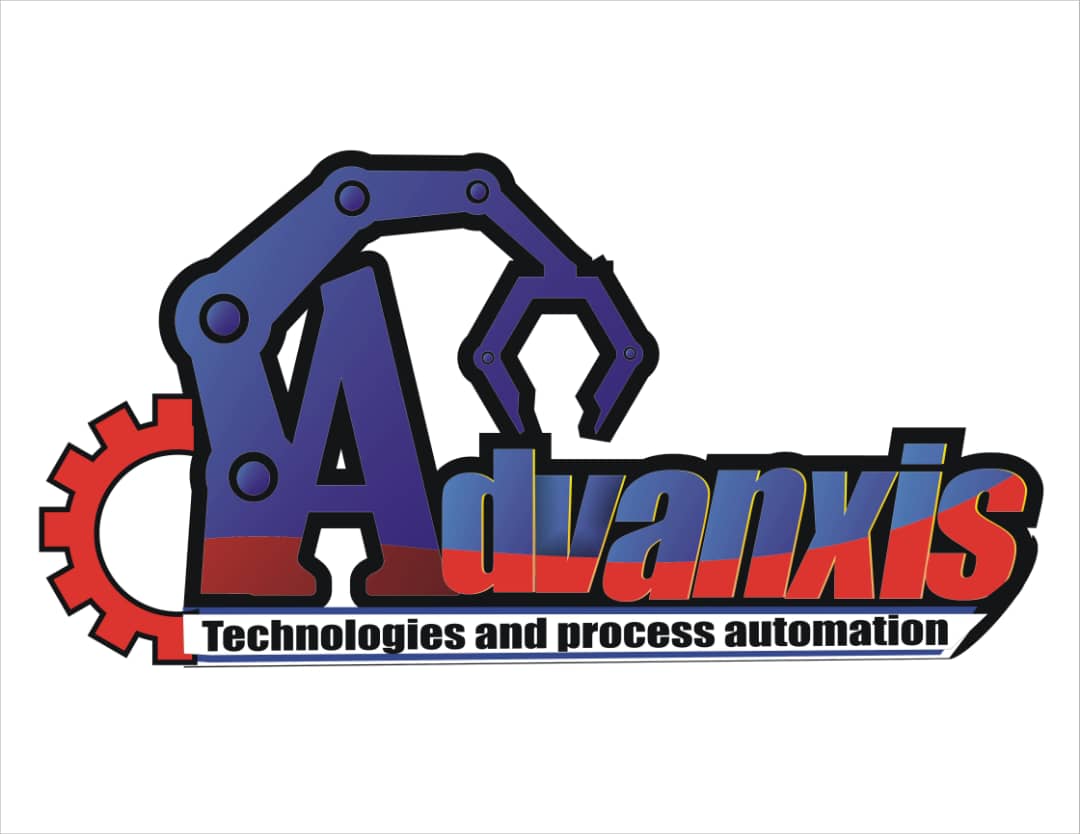THE IMPACT OF CHATGPT IN INDUSTRIAL AUTOMATION
It is hard to believe that the launch of the ChatGPT prototype was only in November 2022. If you are not familiar with it, or what it can do, then you need to be. It will have an enormous impact on how we use the Internet and many of the jobs we do now. ChatGPT and its cohorts will affect us all in ways we cannot begin to imagine. Read more
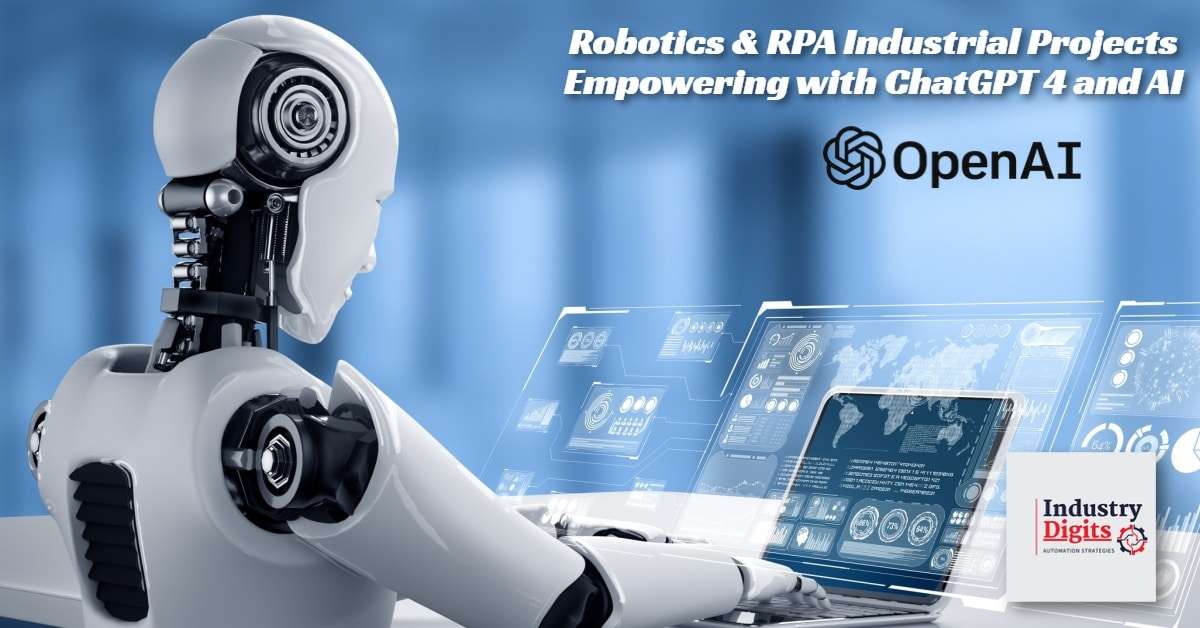
How to Use ModScan Software for Testing Modbus Communication?
Modbus communication is a widely used communication protocol in industrial automation. It is basically divided into three types – Modbus TCPIP, Modbus RTU, and Modbus. Modbus TCPIP uses Ethernet communication, whereas Modbus RTU and Modbus ASCII use serial line communication. Read more

Industrial Automation Fieldbus Protocols
Industrial Automation Fieldbus Protocols form the backbone of industrial communication systems, allowing for effective interaction between various devices in automated processes. From the early and simple Modbus Protocol, which became a widespread standard due to its simplicity and ease of use, Read More

Ladder Logic Vs. Other Programming Languages – PLC Basics
PLC programming has five types of languages in it. They are ladder logic, structured text, functional block diagram, sequential flow chart, and instruction list. Every programming designs the logic according to its need and comfort level in understanding. read more
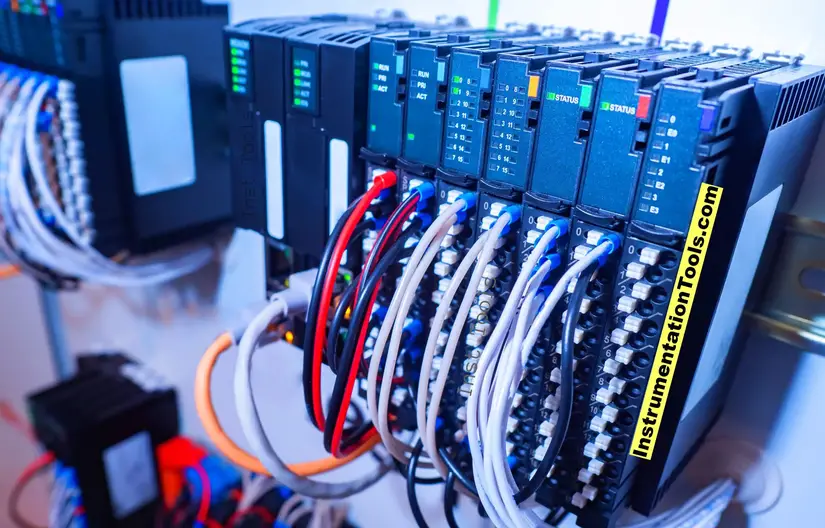
What is OPC Communication
In recent years, the OPC Communication has defined a number of software interfaces to standardize the information flow from the process level to the management level. Read More
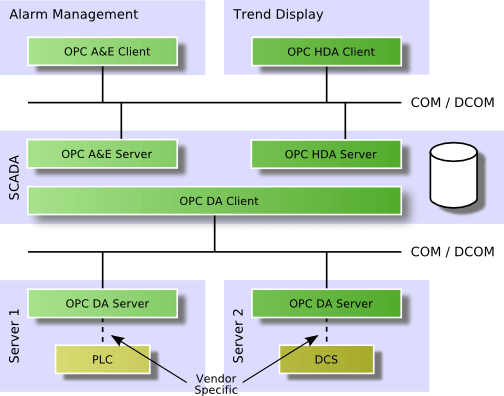
Turbine and Compressor Control System
Turbine and Compressor Control System comprises of Electronic Governor Control System for Steam Turbine and Anti-surge Control System for Air compressor, Lubrication Oil Control System, Hot well, Seal oil control, Over Speed protection System and Vibration Monitoring System.
Read More

Turbine Control System
The Turbine Control System is broadly classified into two
- Safety Control System
- Process Control System
Read more

Gas Turbine Troubleshooting Tips
The following information required for troubleshooting GE-design heavy-duty gas turbine issues:
When did the problem begin?
After a maintenance outage? Read More

Turbine Protective Device
his article provides the list of different types of Turbine Protective Devices like turbine over speed trip, low lube oil pressure, axial displacement, turbine temperature and turbine vibrations. Read More

Turbo Generator Lubrication Control System
The turbo alternator is a continuously running machine.
Components like main bearings, thrust bearings, and reduction gears may get heated up due to turning friction during run time.
Hence a full-fledged lubrication system is required for the Read more

Turbine Supervisory Instrumentation (TSI)
The Turbine Supervisory Instrumentation or TSI includes those measurements which monitor the behavior of the rotor train assembly. These include the speed, vibrations, axial position, and differential expansion of the turbo set.

Turbine Supervisory Instrumentation system which supervises the turbine with the help of instruments.
Read More
Gas Turbine Control System
The gas turbine generator is a combination system of a compressor, turbine, and generator. First of all, the air intake is compressed by the compressor. This compressed air will be heated by a fuel combustion process.
Selection Chart for Point Level Measurement Technologies
Point level measurement is commonly done using the following technologies
(a) Capacitance sensors
(b) Nuclear sensors
(c) Vibrating fork sensors and
(d) Float switches
The above technologies are often best suited to certain process conditions or a combination of process conditions. To apply these technologies, some questions commonly asked include:
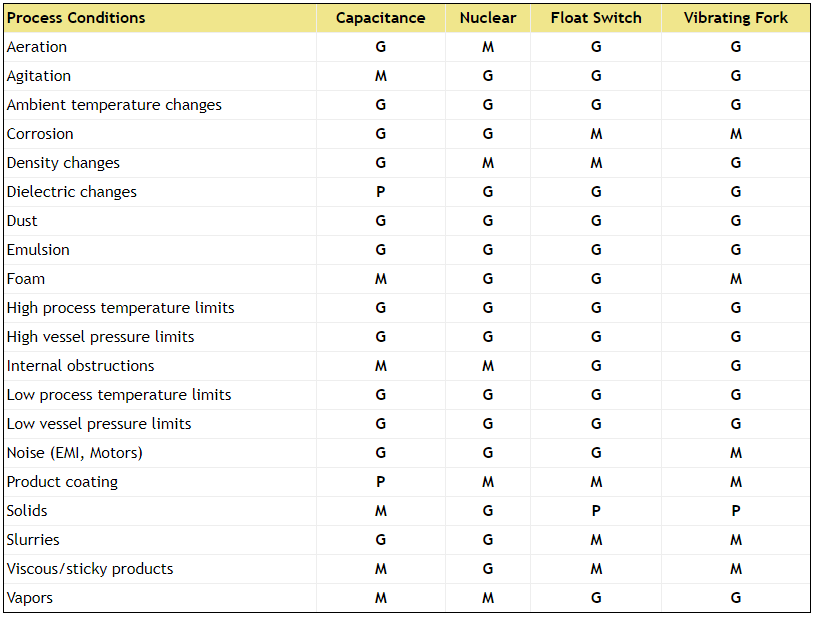
To apply these technologies, some questions commonly asked include: Read More
Pneumatic Cylinder
Pneumatic cylinders also called air cylinders are the final component of the pneumatic or compressed air control mechanical device. Air or pneumatic cylinders are devices that transform compressed air power into mechanical energy.

The mechanical energy produces linear or rotary motion. The pneumatic air cylinder functions as the actuator in the pneumatic system. So it is called a pneumatic linear actuator.
Selecting the right pneumatic cylinder can ensure the long-term success of an application and improves the proper overall performance of the machine. Read more
Dcs Commissioning Steps
Table of contents
- Physical Checks
- Pre-Requisites
- Safety
- Brief DCS Commissioning Steps

- Cabinet and console furniture hardware check
Read more
List of Tools used by Instrument Technician or Engineer
The following are the tools often used by Instrument Technician or Engineer for solving day to day problems in the field.
Multimeter
A multimeter or a multitester is also known as a VOM (volt-ohm-milliammeter), is an electronic measuring instrument that integrates several measurement tasks in one unit. A particular multimeter can measure voltage, current, and resistance.
Multimeters are two types
- Analog multimeters.
- Digital multimeter.

Contemporary multimeters can measure many values. The most common are: Read more
What is Fire Alarm System?
A fire alarm system has a number of devices working together to detect and warn people through visual and audio appliances when smoke, fire, carbon monoxide or other emergencies are present.
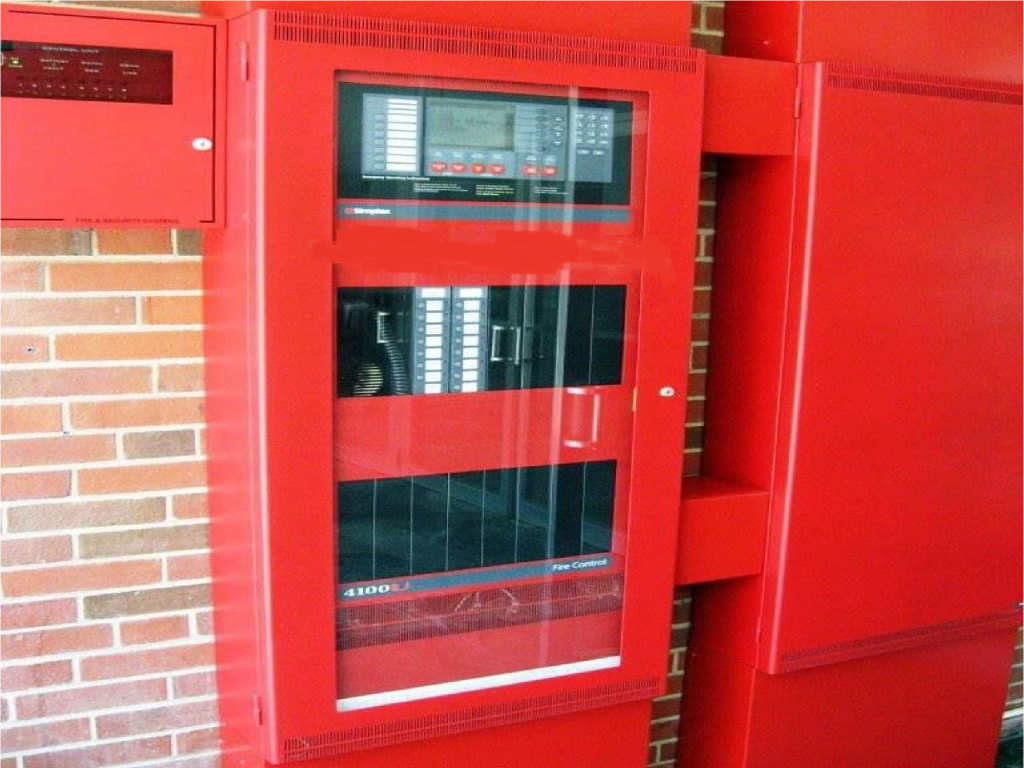
These alarms may be activated automatically from smoke detectors, and heat detectors or may also be activated via manual fire alarm activation devices such as manual call points or pull stations. Read More
Compressor Control Philosophy Instrument Air
The instrument air compressor type that usually used in the offshore applications is a screw rotary type. This type is used due to its large flow capacity and relatively low discharge pressure but still more than enough to supply instrument equipment or any other utilities needed.
Instrument Air Compressor
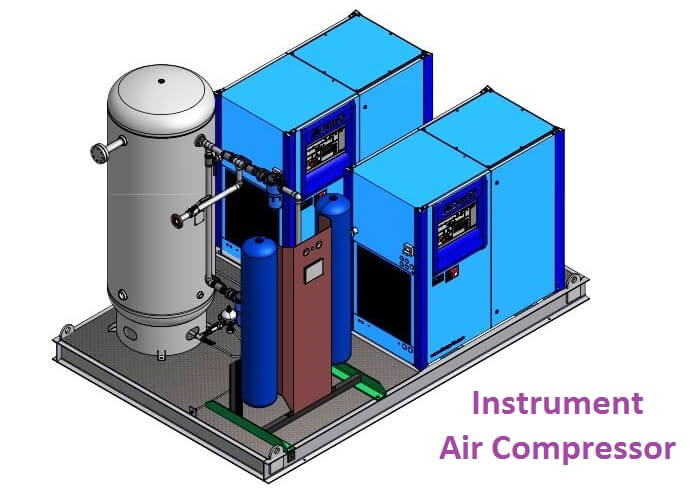
Since the instrument air compressor didn’t constantly supply a certain flow, thus it needs some control scheme in order to operate the instrument air compressor efficiently. There are on-off or start/stop control, load/unload control, and also variable speed control. Read More
Types of Tank Gauging Level Measurement Systems
Many types of tank gauging systems have adequate reliability in gasoline measurement applications, but issues have been raised for biofuels which can be more corrosive.
The Dip tapes are still a highly regarded method of level measurement of tank contents despite the scope for measurement inconsistency and are used in the initial installation and calibration of many automatic tank gauging systems.
Types of Tank Gauging
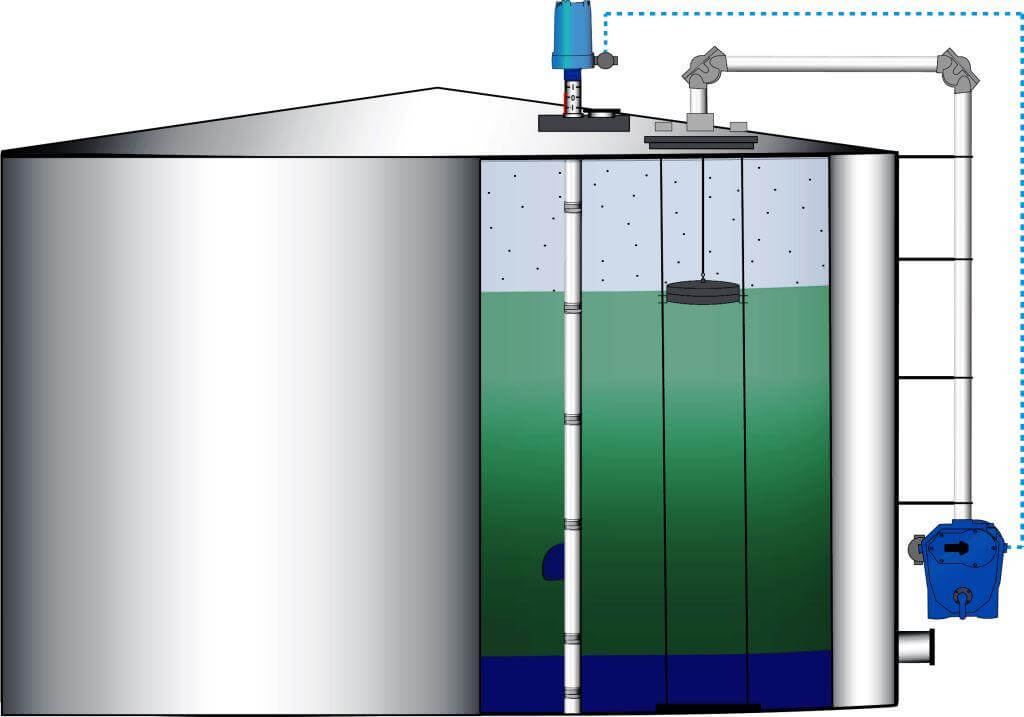
The main types of tank level detection used in the gasoline storage industry are: Read more
Types of Fire and Gas Detectors
Fire and Gas System or portion of a combination system that consists of components and circuits arranged to monitor and annunciate the status of fire or presence of gas alarm or supervisory signal-initiating devices and to initiate the appropriate response to those signals.
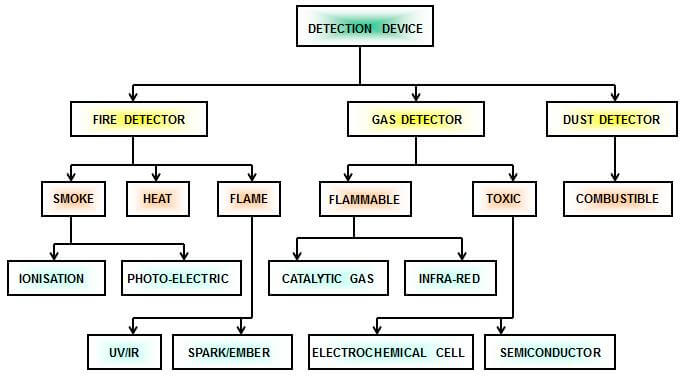
I. Gas Detectors
Gas Detectors are broadly divided into 2 types: Read More
Basics of Cable Shields

shield is a metallic covering enclosing an insulated conductor or group of conductors. Though sometimes similar in appearance, shields for electronic and power cables perform very different functions. Electronic cable shields serve to both minimize the effect of external electromagnetic signals on the conductors in the cable and to reduce the radiated signal from the cable to an acceptable level. Power cable shields, on the other hand, help protect the user from shock hazards and increase cable reliability by preventing partial discharges (corona) in cables. Read more
Types of Cable Trays – Purpose, Advantages, Disadvantages
Cable tray systems are alternatives to wire ways and electrical conduit, which completely enclose cables.
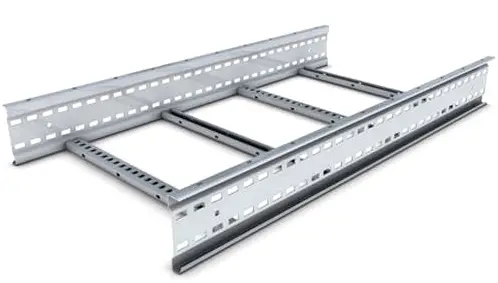
Cable trays are capable of supporting all types of wiring: such as Read more
Cable Routing
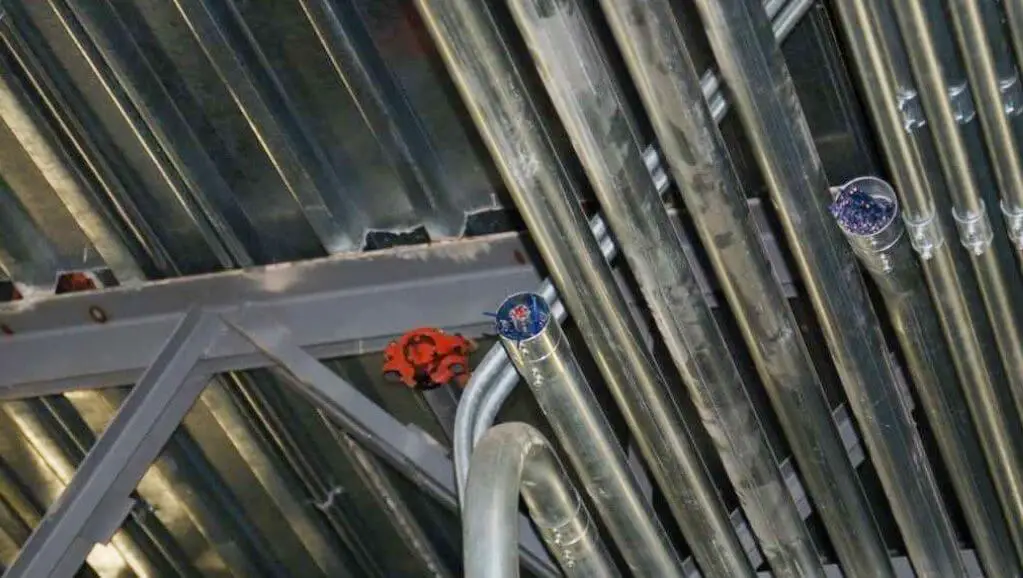
In the interest of safety and longevity, one cannot simply route electrical power and signal cables randomly between different locations. Electrical cables must be properly supported to relieve mechanical stresses on the conductors, and protected from harsh conditions such as abrasion which might degrade the insulation. Read more
What is a Mimic Panel
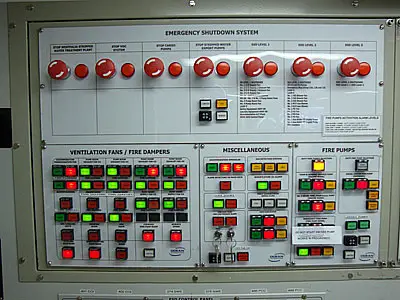
Even though PCs are widely used for viewing of the processes, there is still no substitute to mimic panels which are also called as mimic display panels.
In mimic display or mimic panels the process or flow charts are pictorially represented on the front panel of the Control desk. Generally nowdays they are printed on polyester or polycarbonate sheets and provided with acrylic front sheet for protection. Super bright LEDs with viewing distance of 100 meters are used in the MIMIC PANELS also equipments are mounted on the MIMIC Display. Read more
Instrumentation and Control (I&C) Design
The purpose of Instrumentation and Control (I&C) Design document is to cover the project-specific technical requirements which are to be followed throw-out the Feed or Detailed Engineering Phase while preparation of engineering deliverables.
Design Basis is considered as a mother document for all the engineering activities or deliverables to be carried out in a particular project.

Read more
Project Planning and Implementation of PLC or DCS Control System

This article has two objectives: to outline the basic process and key issues in planning, design, construction, and commissioning of a PLC or DCS Control System; and to summarize key points from the rest of the technical manual in a way that can serve as a checklist for the facility manager during the implementation process.
Why we use NAMUR Output Sensor

PROXIMITY SENSORS AND ENCODERS CAN HAVE NAMUR OUTPUT
NAMUR is a type of sensor output that gives an on or off indication. There are different reasons why you may need a NAMUR sensor. I will go through some of them here. Read more
Pneumatic Signal Piping and Fittings

Pneumatic piping employed in plants is used to convey air for two basic reasons:
(a) that of supplying Energy for the operation of instruments and other devices, and
(b) that of transmission of Information between instruments.
The integrity of the piping system is essential to avoid loss of the pneumatic supply and degradation of the transmitted signals. Read More
Grounding or Earthing Scheme in DCS or PLC Systems
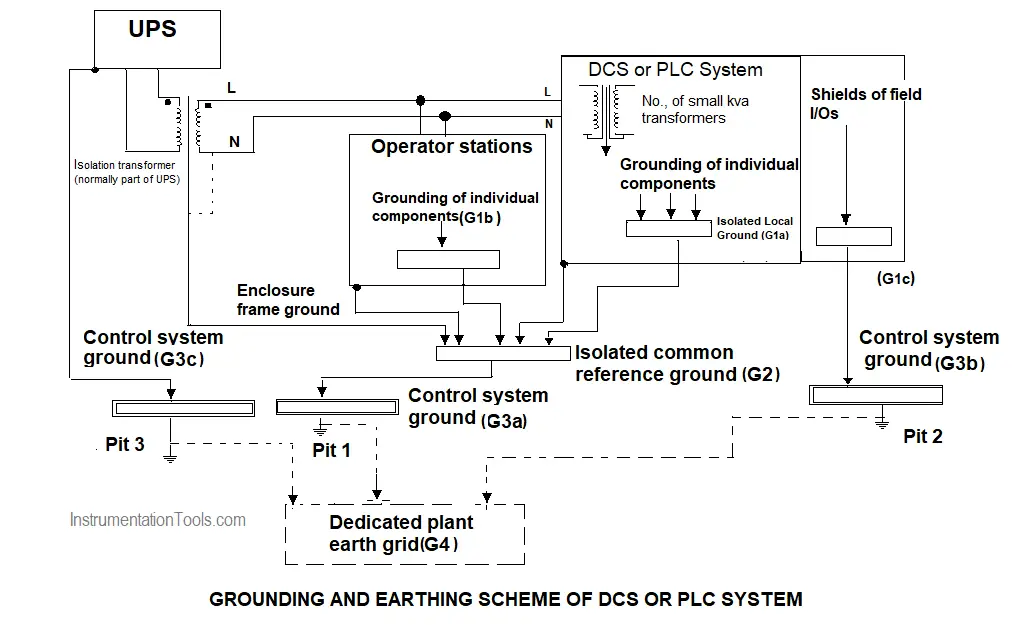
First, let us understand the difference between grounding and earthing.
Whenever the DCS or PLC systems are grounded, they still not connected to the earth. The system has a ground bus bar inside located at an appropriate place to which all internal grounding connection is returned. Once the final ground bus bar is connected to an actual-earth pit or earth grid that the system finally earthed. Read more
How to Wire a Field instrument to Control Room with Example

Few factors are to be considered or taken care of while wiring a field instrument to control panel.
- Noise Susceptibility Limit
- Grounding of the signal cable
Read more
Pneumatic Piping Design and Specification
Pneumatic piping employed in plants is used to convey air for two basic reasons:
(1) that of supplying Energy for the operation of instruments and other devices, and
(2) that of transmission of Information between instruments. Read more
What is a Active Barrier
An active barrier uses transformers, optoisolators or relays to provide isolation between the hazardous area and the non-hazardous area.

It does not require an intrinsically safe ground connection. Either or both the hazardous area or the non-hazardous area signals may be grounded.
This may be the most logical barrier choice if a high quality I.S. grounding point is not available. Read more
Floating Vs. Grounded Voltage
In electrical circuits, voltage is always measured between two points: a point of high potential and a point of low or zero potential.
The term “reference point” denotes the point of low potential because it is the point to which the voltage is referenced.
An example of a voltage measurement is shown in Figure 1.

Figure 1: Voltage measurement between line (high) and neutral (low) with the neutral tied to a ground reference point. read more
Selection of Components Used In Electrical Earthing or Grounding
The overall effectiveness of any grounding system will be determined by the individual components that are used to construct the system and the manner in which the components are connected. The purpose of this article will be to review the selection of these components and the methods by which they should be interconnected.

How to choose between PLC and DCS Systems
Table of Contents
- PLC or DCS System ?
- Step 1:
- Does process require implementation of advanced process control (APC)?
- Step 2:
- How many regulatory control loops does the process include?
- Step 3:
- Does the nature of the process require an operator control room?
Read more
Basics of Grounding
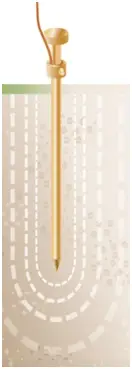
Poor grounding not only contributes to unnecessary downtime, but a lack of good grounding is also dangerous and increases the risk of equipment failure. Without an effective grounding system, we could be exposed to the risk of electric shock, not to mention instrumentation errors, harmonic distortion issues, power factor problems and a host of possible intermittent dilemmas. If fault currents have no path to the ground through a properly designed and maintained grounding system, they will find unintended paths that could include people. Rad more
Instrumentation Earthing
Transfer of the immediate discharge of the electrical energy directly to the earth by means of the low resistance path is known as the earthing.
Instrumentation Earthing
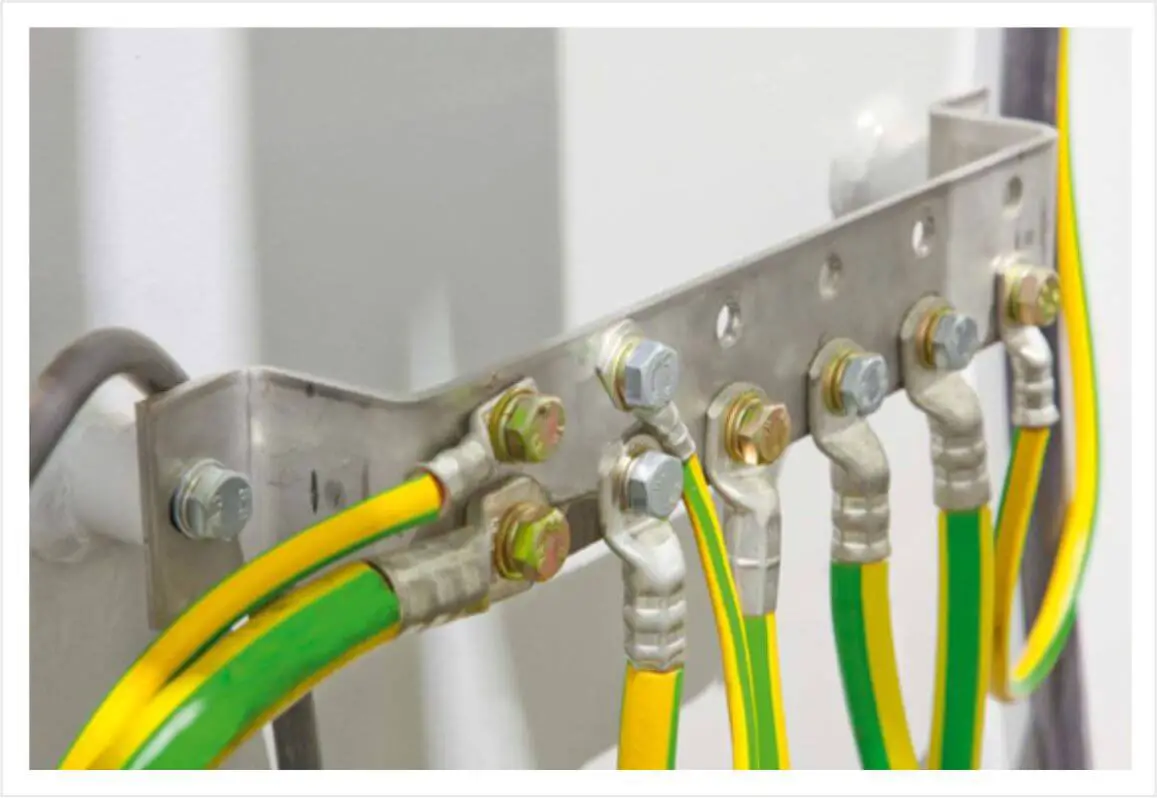
Main objective of the earthing system in plant is described as below:
- It provides low impedance path to ensure the proper function of system under fault condition
- It ensures that personnel are not exposed to unsafe potential due to uncleared fault
- It ensures compliance to EMC requirements
- IS earth avoids ignition sources in Hazardous Area. Read more
Most demanded skilled personnel in the offshore/onshore oil and gas production platform
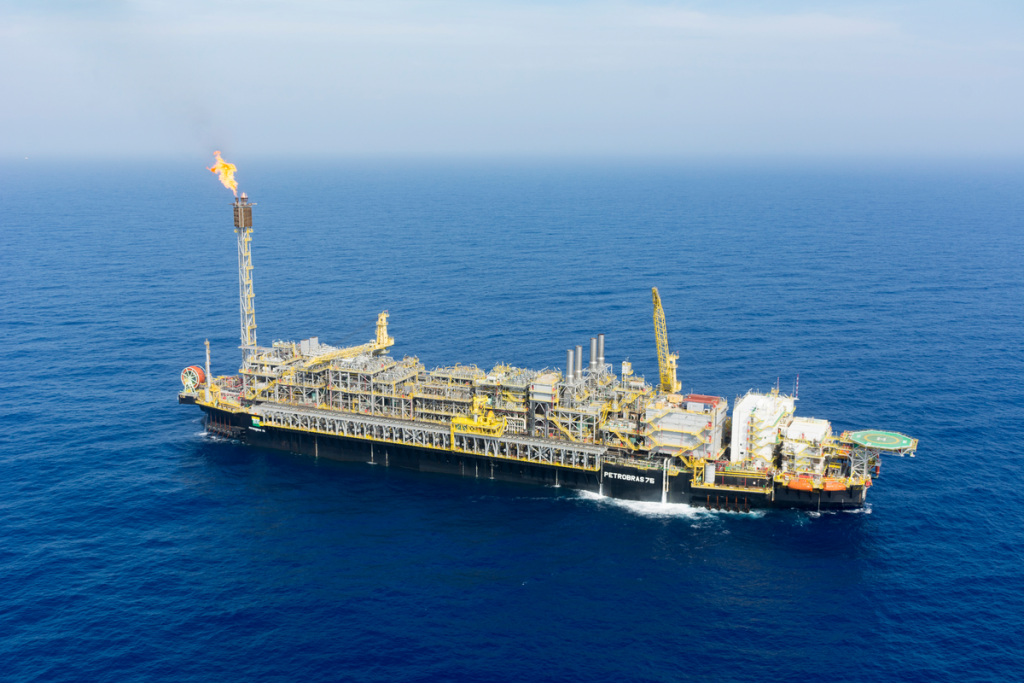
The oil and gas offshore/onshore production platforms often demand technically inclined professionals with outstanding skills, training and experience to man its facility. In an offshore/onshore production setting, various professionals ranging from painters, welders, operators, technicians, document controllers and engineers work together to see that production goals are achieved. Read more
Oil and Gas Job Roles
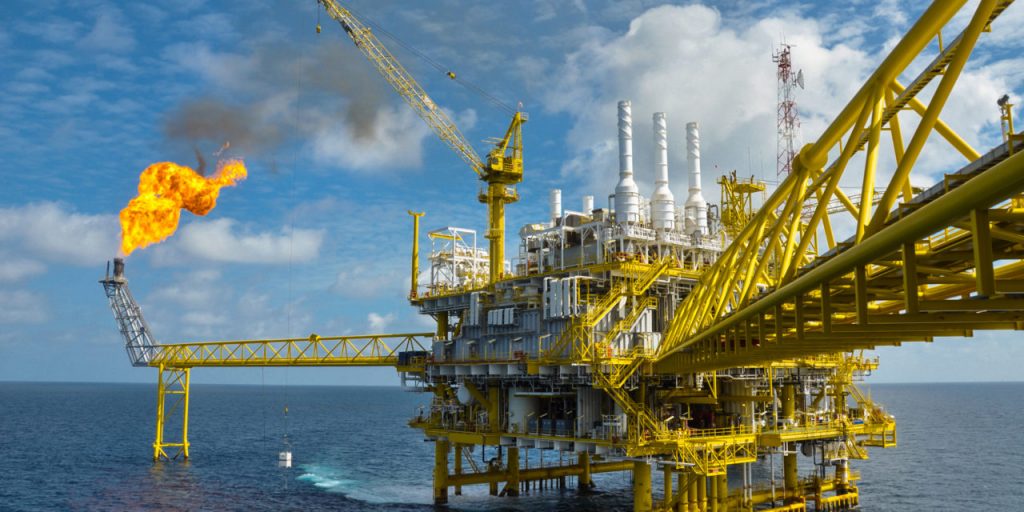
Here is a list of job roles you could find in a typical oil and gas offshore/onshore location. Read more
Nigeria to Kick-start 100 Oil & Gas Projects Between 2021 and 2025

Nigeria is expected to commence operations on 100 oil and gas projects between 2021 and 2025. According to data from analytics company, GlobalData, this will account for 23% of total oil and gas projects starting in Africa within the next five years. Read more
